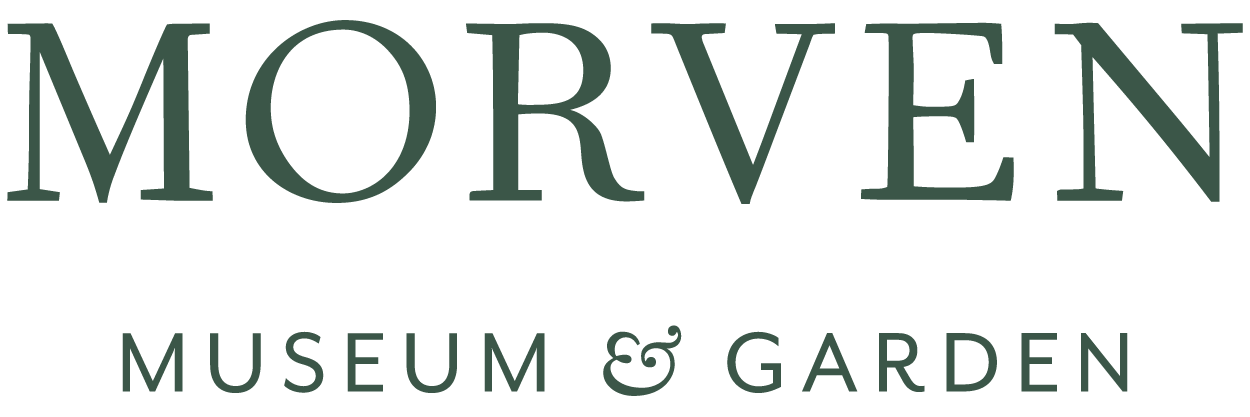Dreaming of Utopia: Roosevelt, NJ
In 1934, the US government bought up acres of farmland in Monmouth County to build a model of cooperative living for Jewish garment workers. Roosevelt, originally known as Jersey Homesteads, was among 99 communities across the country created as part of President Franklin D. Roosevelt’s New Deal.
Located fourteen miles east of Trenton, Jersey Homesteads was an agro-industrial cooperative which meant that it was owned and run jointly by its members who shared its profits and produce. The dream of this New Jersey utopia was quickly abandoned when the Homesteads factory failed within two years of its 1936 opening.
What remained from the $3.4 million experiment was 200 modern homes, a factory building, a school, and a community determined to stay. Ben and Bernarda Shahn, who had come to Jersey Homesteads to work on the mural reproduced above [???], decided to move to the affordable and comfortable town. Gradually like-minded artists, writers, and musicians followed, creating an unusual, and sometimes disparate, mix with the remaining garment workers.
This exhibition explores how the dream of a simultaneously rural and modern utopia eventually gave way to a community with a distinctively creative population, many of whom became known on a national scale.
Roosevelt through the lens of Sol Libsohn
Sol Libsohn (1914–2001) had an esteemed career as a photographer. Beginning in the late 1940s, he pointed his lens towards his hometown of Roosevelt and captured the community of artists, writers, musicians, politicians, and children enjoying life in this unique suburbia.







